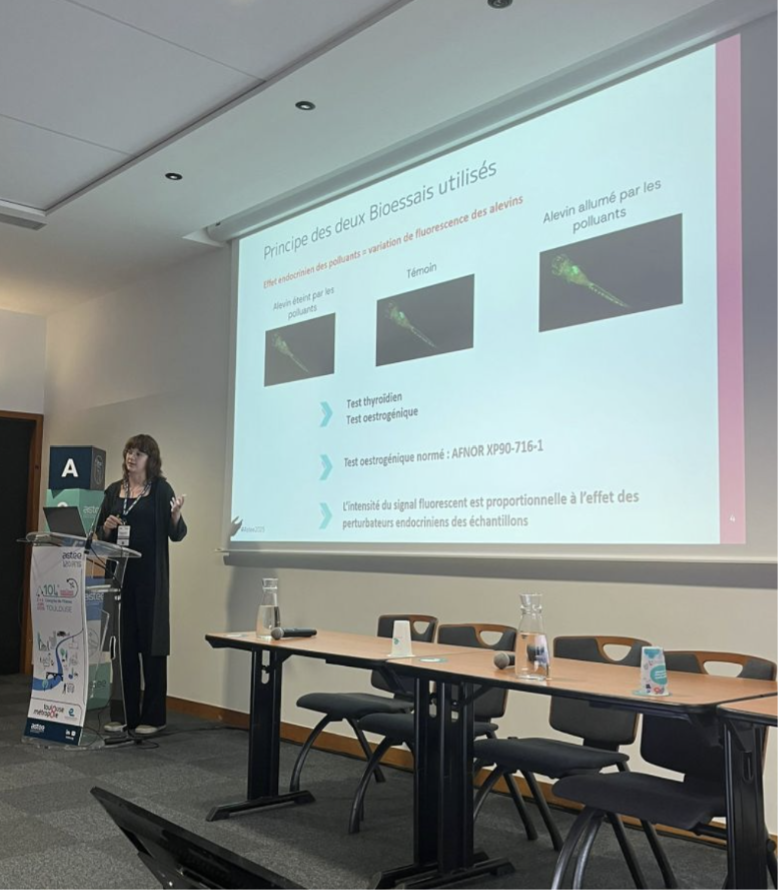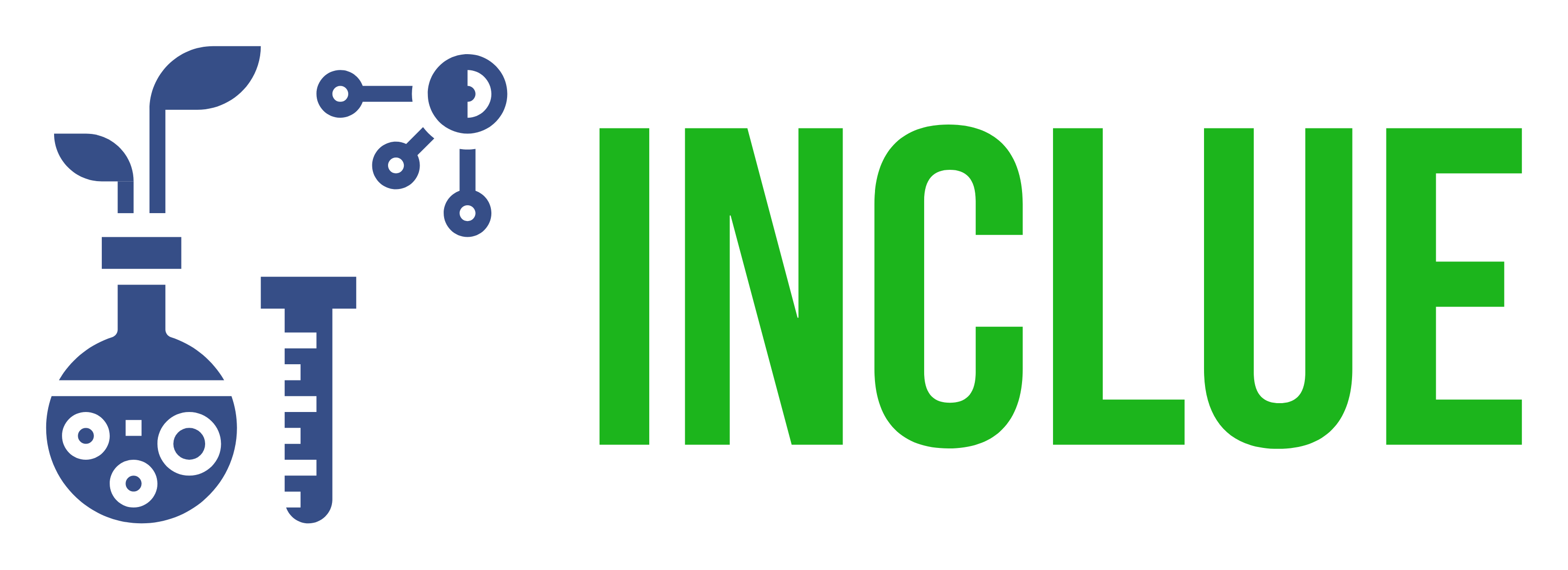In June this year, I had the exciting opportunity to participate in the ASTEE (Association Scientifique et Technique pour l’Eau et l’Environnement) annual conference in Toulouse—a gathering focused entirely on water, in all its complexity and importance.

My presentation, “Évaluation de l’efficacité du traitement des boues par mesure des effets biologiques”, centered on evaluating the efficiency of sludge treatment using bioassays. Presenting this work in French to a room full of experts was both challenging and incredibly rewarding. It was a great way to test the progress of my language skills in a high-level academic setting.
The conference itself was rich with valuable insights. It brought together scientists, engineers, and professionals passionate about water management, treatment technologies, and sustainability. Many presentations focused on cutting-edge innovations in water and sludge treatment, tackling everything from optimizing processes to reducing environmental impact.
A session that really stood out for me explored the presence and treatment of PFAS (per- and polyfluoroalkyl substances) in both wastewater and sludge. These persistent pollutants pose serious challenges, and it was fascinating to see the scientific community mobilizing around new methods to address them. The talks showcased a mix of laboratory approaches, field data, and pilot-scale treatment results—making it a great example of how applied science can respond to real-world environmental issues.
Beyond the sessions, the conference included a technical visit to l’usine de production d’eau potable de Pech David—a modern drinking water treatment plant located on the hills above Toulouse. The visit was both informative and fun, offering a behind-the-scenes look at how advanced technologies ensure safe drinking water for the region. It was also an excellent opportunity to see theory and research translated into operational practice.
Of course, no trip to Toulouse, the city of violets and rugby, would be complete without exploring the city itself. Known as la ville rose for its terracotta architecture, Toulouse is full of charm and history. I spent time wandering through its narrow streets lined with centuries-old houses, taking in the unique mix of southern French warmth and vibrant student energy.
ASTEE 2025 was an inspiring blend of science, sustainability, and culture. From the technical talks to the plant visits—and even the linguistic challenge—it was a memorable experience that pushed me out of my comfort zone in all the best ways. I left with new knowledge, new contacts, and a deeper appreciation for the complexity of water management.

